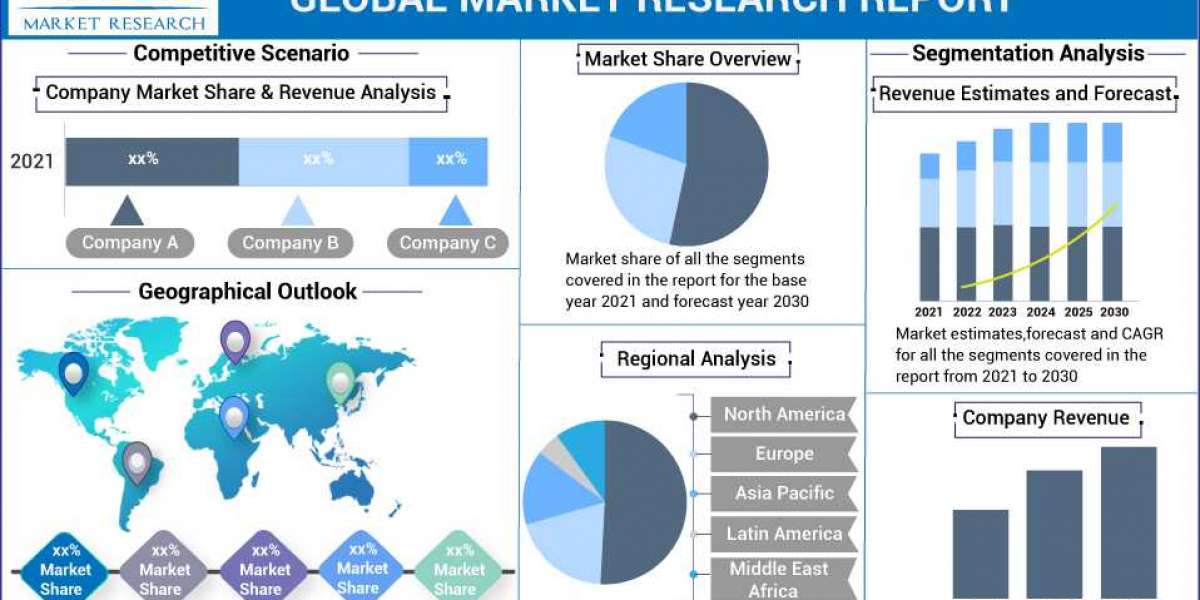The term “big data” refers to data that is so large, fast or complex that it’s difficult or impossible to process using traditional methods. The act of accessing and storing large amounts of information for analytics has been around a long time. But the concept of big data gained momentum in the early 2000s when industry analyst Doug Laney articulated the now-mainstream definition of big data as the three V’s:
- Volume: Organizations collect data from a variety of sources, including business transactions, smart (IoT) devices, industrial equipment, videos, social media and more. In the past, storing it would have been a problem – but cheaper storage on platforms like data lakes and Hadoop have eased the burden.
- Velocity: With the growth in the Internet of Things, data streams in to businesses at an unprecedented speed and must be handled in a timely manner. RFID tags, sensors and smart meters are driving the need to deal with these torrents of data in near-real time.
- Variety: Data comes in all types of formats – from structured, numeric data in traditional databases to unstructured text documents, emails, videos, audios, stock ticker data and financial transactions.
Why is Big Data Important?
The importance of big data doesn’t revolve around how much data you have, but what you do with it. It enables Cost Reductions, Time Reduction, new product development and optimized offering, Smart Decision Making etc.
How Big Data Works?
Before businesses can put big data to work for them, they should consider how it flows among a multitude of locations, sources, systems, owners and users. There are five key steps to taking charge of this big “data fabric” that includes traditional, structured data along with unstructured and semi structured data:
- Set a big data strategy.
- Identify big data sources.
- Access, manage and store the data.
- Analyze the data.
- Make data-driven decisions.








